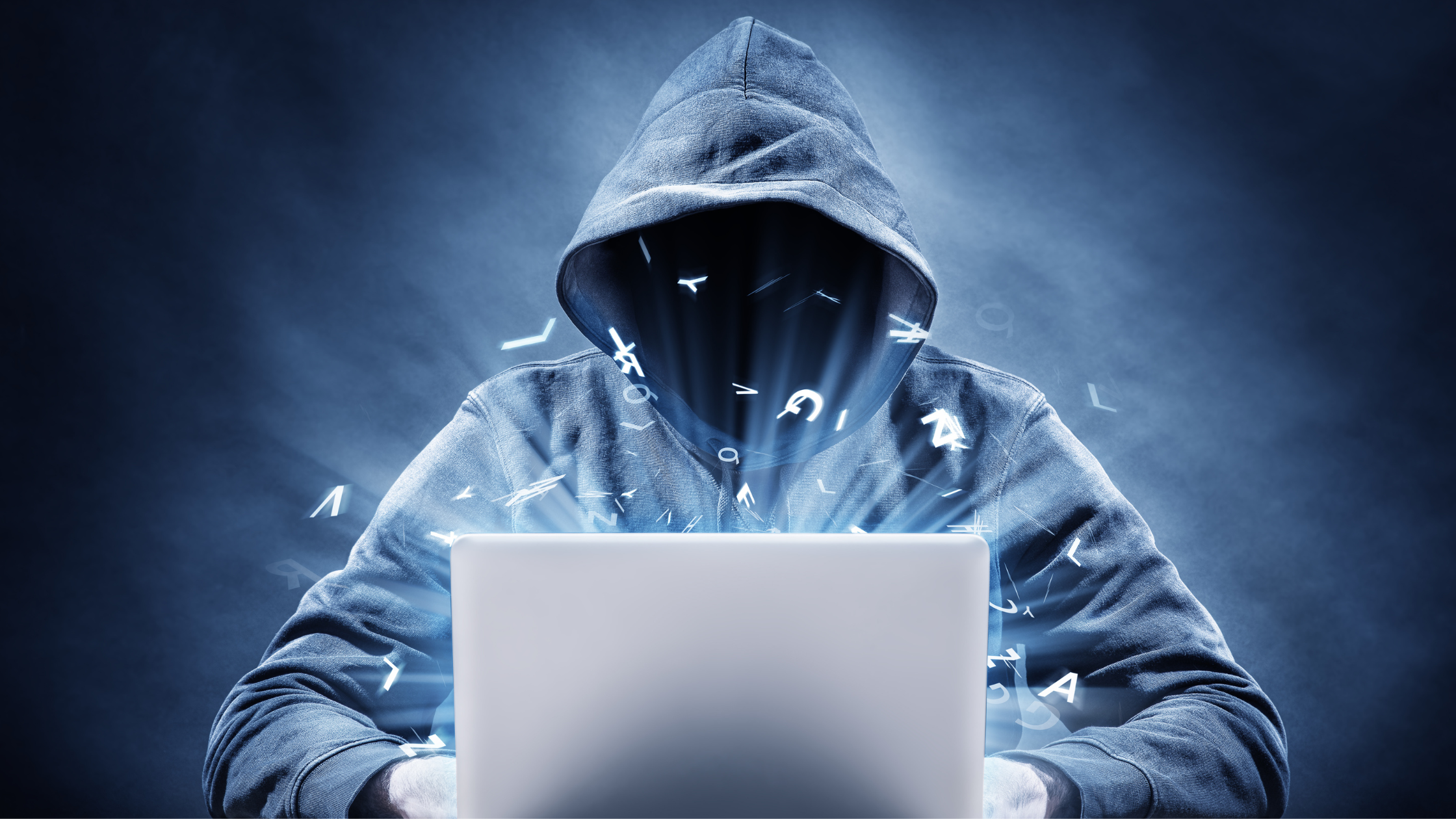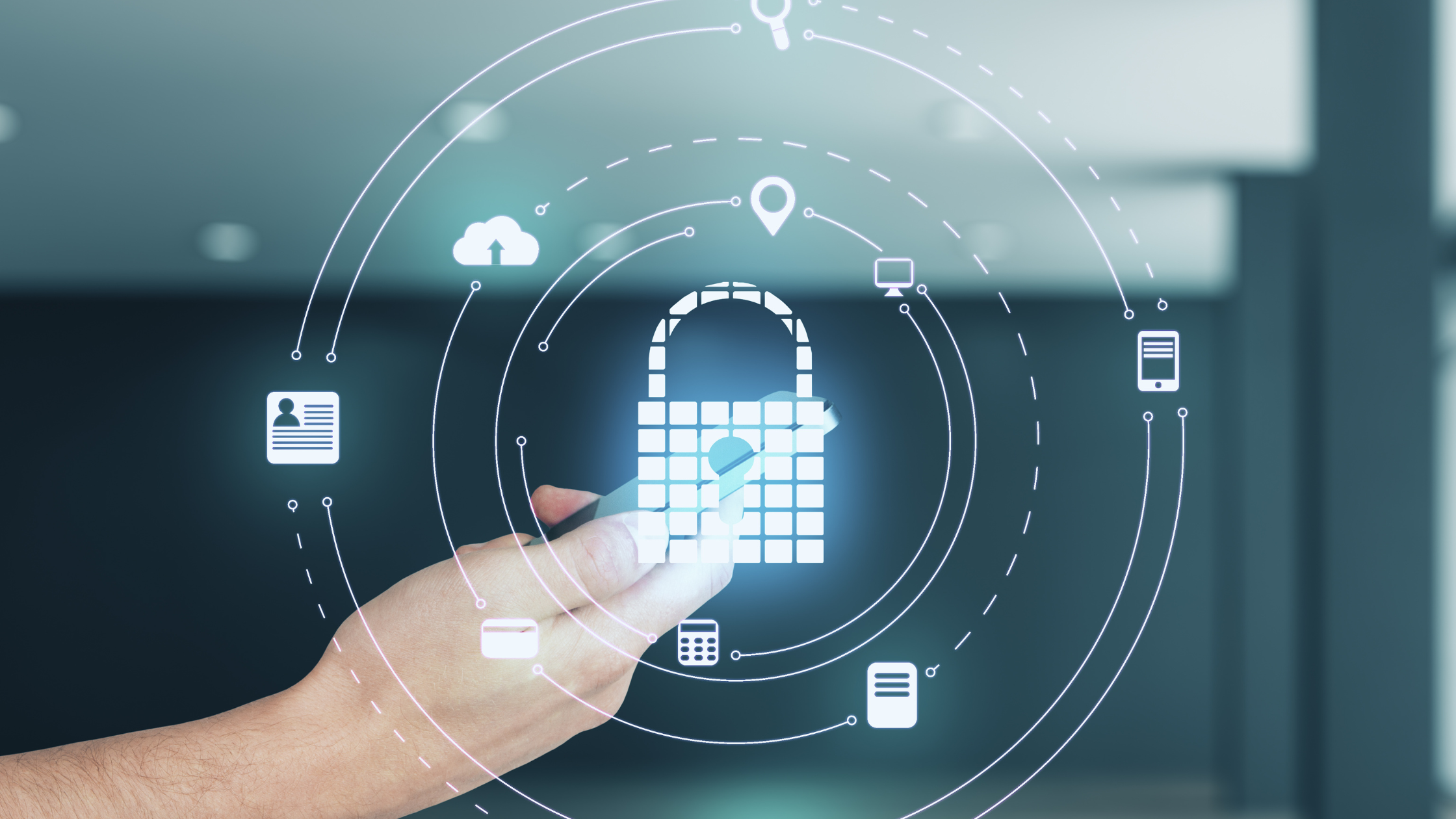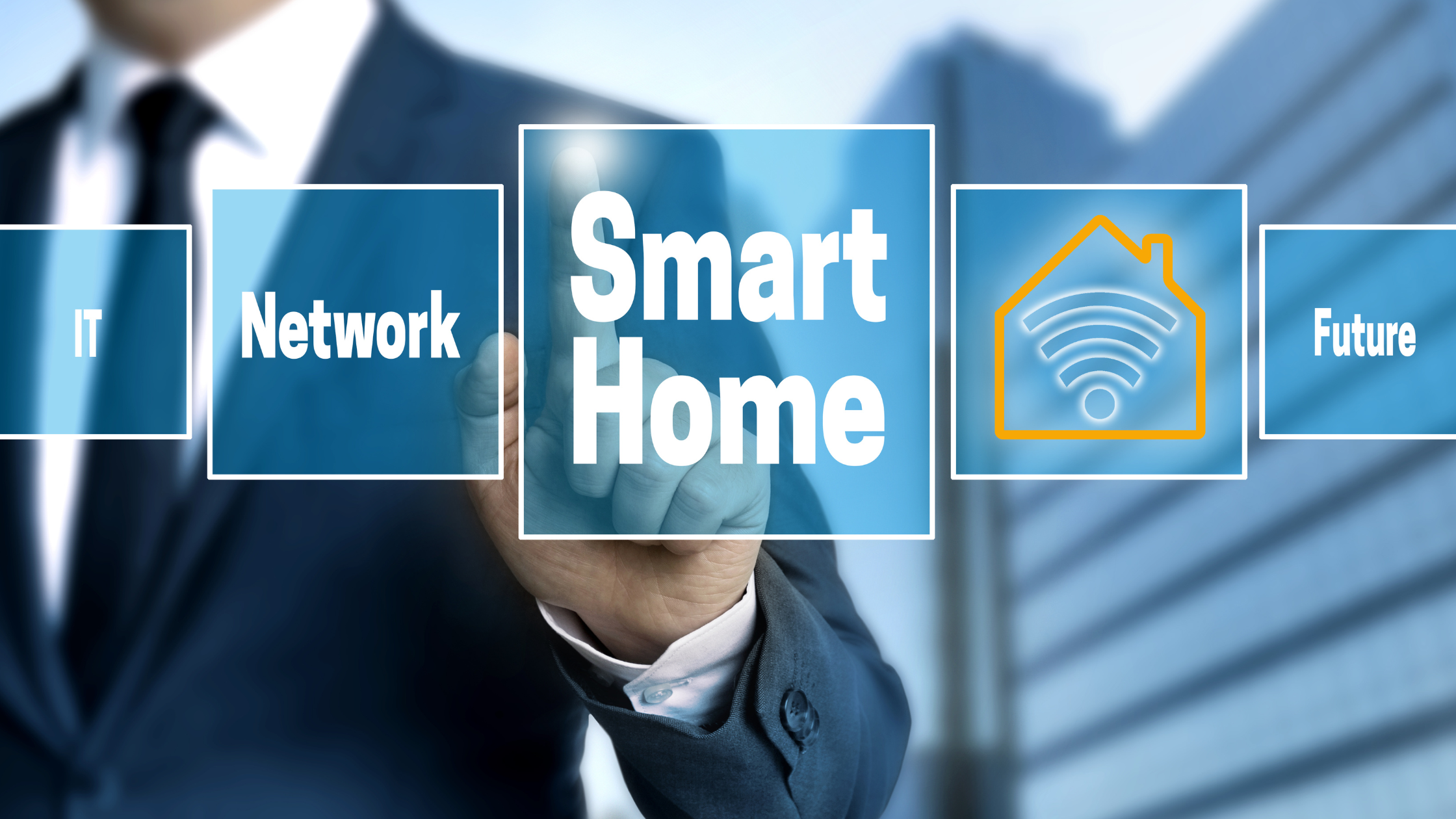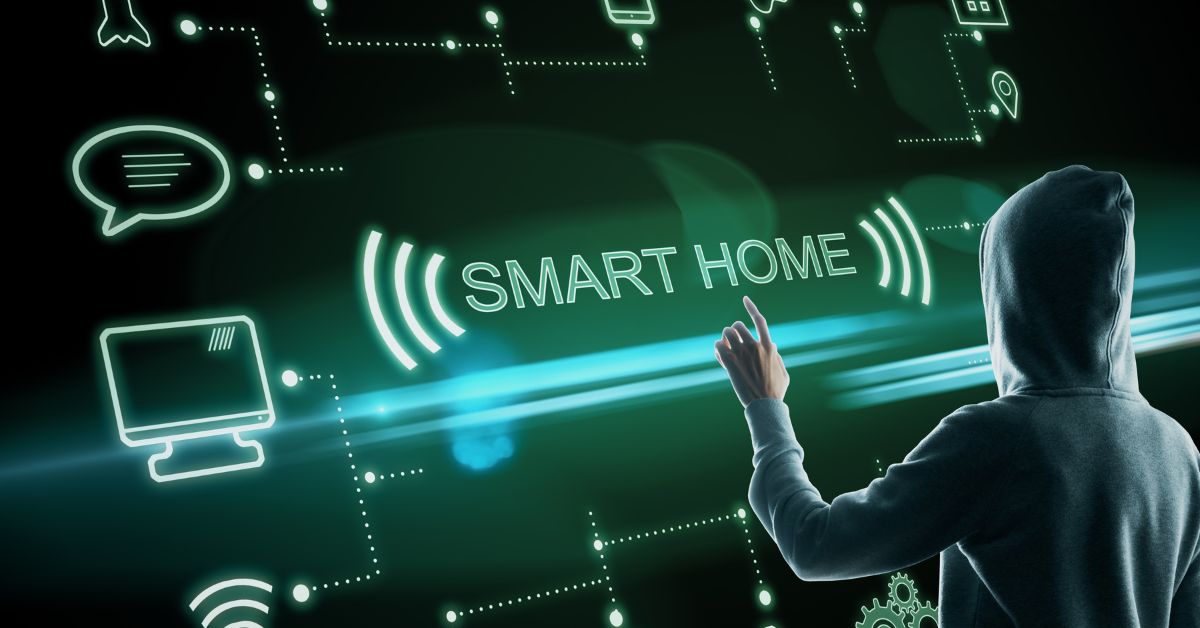How to Protect Your Smart Home from Hackers
With the rise of innovative home technology, keeping your devices safe from hackers is more important than ever. If someone were to gain access to your smart thermostat, they could raise or lower the temperature without your permission.
If someone hacked into your security camera, they could see what’s going on inside your home at all times. You can do a few simple things to protect your devices from hackers. This blog post will discuss the best ways to keep your smart home safe from cybercriminals.
How can I keep my smart home safe from hackers?
As more and more people invest in smart technology for their homes, it’s essential to be aware of the risks associated with these devices. While smart devices can offer a lot of convenience and advantages, they also come with some security risks. Hackers can target smart devices to access your home network or personal data. So how can you protect your smart home from hackers?

Here are a few tips:
Use strong security passwords for all your devices, and change them regularly.
Keep your software and apps up to date.
Be careful what you share online—avoid sharing personal information or details about your home online.
Invest in a secure home network.
Be aware of what devices are connected to your network, and keep an eye out for any suspicious activity.
Following these simple steps can help keep your smart home safe from hackers.
How to Secure Your Smart Home: A Step-by-Step Guide

More and more homeowners are opting for smart appliances and smart homes, which offer greater convenience and control. However, before you can enjoy the benefits of a smart home, you must ensure that your system is secure. Here are a few steps to take to ensure the security of your smart home:
Start by securing your network. Use a strong password and encrypt your Wi-Fi network. This will help to prevent unauthorized access.
Next, look at your smart appliances’ security features. Many devices come with built-in security features, such as password protection. Make sure to take advantage of these features to secure your home further.
Finally, keep your smart home system updated. Regular updates will help to close any security gaps that may exist.
By following these steps, you can help to keep your smart home safe and secure.
How can I protect my smart home from hackers?
As the number of smart devices in our homes increases, so does the risk of data breaches and other security threats. While the convenience of smart homes is undeniable, it’s important to take steps to protect your devices and your data. One way to do this is to be picky about which devices you allow into your home. Not all smart devices are created equal, and some are much more vulnerable to hacking than others. Do your research before purchasing, and only buy devices from reputable brands.
Once you’ve selected your devices, keeping them up-to-date with the latest security patches is important. Many manufacturers release new updates regularly, and these updates can help to close any security holes that have been discovered.
Finally, be sure to secure your home network with a strong password. By taking these precautions, you can help to ensure that your smart home is safe from hackers.
Use two-factor authentication

In today’s digital world, keeping your online accounts safe and secure is more important than ever. One of the best ways to do this is to use multi factor authentication (2FA). 2FA adds an extra layer of security by requiring you to confirm your identity using two different devices or factors. 2FA makes it much harder for someone to hack into your account, even if they have your password. So be sure to enable 2FA on all of your online accounts!
For example, you might need to enter a code that is sent to your mobile phone in addition to your password. Or, you might need to use a fingerprint or facial recognition in addition to your password.
And, if you’re looking for an extra layer of security, consider using a password manager. A password manager can help you create strong, unique passwords for all your online accounts and securely store them in one place. That way, even if someone does manage to hack into one of your accounts, they won’t be able to access any of your other accounts.
Use strong passwords
One of the most important things you can do to protect your online accounts is to use strong passwords. A unique password should be random, meaning it shouldn’t be a word found in the dictionary or a combination of easily guessed letters and numbers. It should also be at least eight characters long.

You can generate a random password by using a password manager, which can create and store complex passwords. By taking these simple steps, you can help keep your online accounts safe from hackers.
Avoid public wi-fi for remote access

Most people know it’s important to protect their personal information when using public network or wi-fi. However, keep in mind that accessing a remote network through a public wi-fi connection can be insecure. Hackers can easily set up fake wi-fi networks, and if you connect to one of these networks, they can then access your device and the network you’re trying to connect to. So, if you need to access a remote network, it’s best to do it from a secure, private connection. That way, you can ensure that your data is protected and that you’re not inadvertently giving hackers access to your device or network.
Check app permissions
Many of us are using smart home devices to automate our homes and make our lives more convenient. However, it is important to be aware of the risks of connecting these devices to the internet. One way to help protect your home is to check the permissions you grant to apps.
For example, if you have a smart thermostat, you may give an app permission to access your current location. This may not seem like a big deal, but it could allow someone to track your comings and goings. So, before you install a new app, please take a moment to review the permissions that it is requesting. By being aware of the data you share, you can help keep your home safe from potential threats.
Choose devices wisely
As smart home devices become increasingly popular, it’s important to choose wisely when selecting which ones to bring into your home. Not all devices are created equal; some can be downright dangerous if they aren’t adequately secured. It’s important to research before purchasing any smart home device and to ensure that the device is compatible with your existing smart home system, if you have one.
Once you’ve selected a few devices that you’re interested in, be sure to read online reviews from other users. This can give you a good sense of how user-friendly the device is and whether or not there have been any significant security issues. By choosing smart home devices carefully, you can help protect your home and family from potential dangers.
Change default username
Most smartphones come with a default username that is too common or easily guessed. This can leave your phone vulnerable to hacking or provide unnecessary information to people who might try to access your device without your permission. Fortunately, changing the default username on your smartphone is usually straightforward.
You can help protect your device and keep your personal information safe by taking a few minutes to choose a unique username. Follow the instructions below to learn how to change the default username on your smartphone.
Open the Settings app on your smartphone.
Tap the “Accounts” or “Security” option.
Select the “Change Username” option.
Choose a new, unique username for your device.
Save your changes and exit the Settings app.
Following these simple steps can help keep your smartphone safe and secure. Choose a username that will be difficult for others to guess, and don’t hesitate to change it if you suspect someone has accessed your device without your permission. These precautions can help protect your smartphone and keep your personal information confidential.
Can a Smart Home be Hacked?
Assuming your smartphone is not already hacked, the most likely way for a smart home technology to be hacked is through your home network. Smart devices are increasingly being connected to the internet, which means they can be accessed remotely.
If your home network is not secure, someone can gain access to your smart devices and use them to spy on you or steal your personal information. To protect yourself, ensure your home network is password-protected and that you use strong passwords for all your connected devices. You should also keep your software up to date and be careful about what apps you install on your smart devices. Taking these precautions can help reduce the chances of your smart home technology being hacked.
What is the biggest danger of the smart home?
The smart home is a rapidly growing trend as more and more people incorporate smart devices into their homes. While these devices offer several convenient features, they also come with risks. One of the biggest dangers of the smart home is that it can make your home more vulnerable to security breaches.

Hackers can target smart devices to gain access to your home network and steal sensitive data. They can also use smart devices to gather information about their daily routines and movements. As a result, it’s important to be aware of the risks associated with the smart home and take steps to protect your privacy.
Smart homes are becoming increasingly popular, but the risk of being hacked comes with that. Here are a few ways to protect your smart home from hackers and keep your data safe. Thanks for reading!


